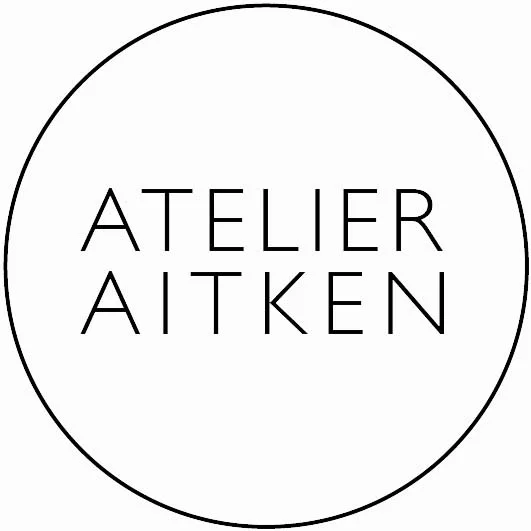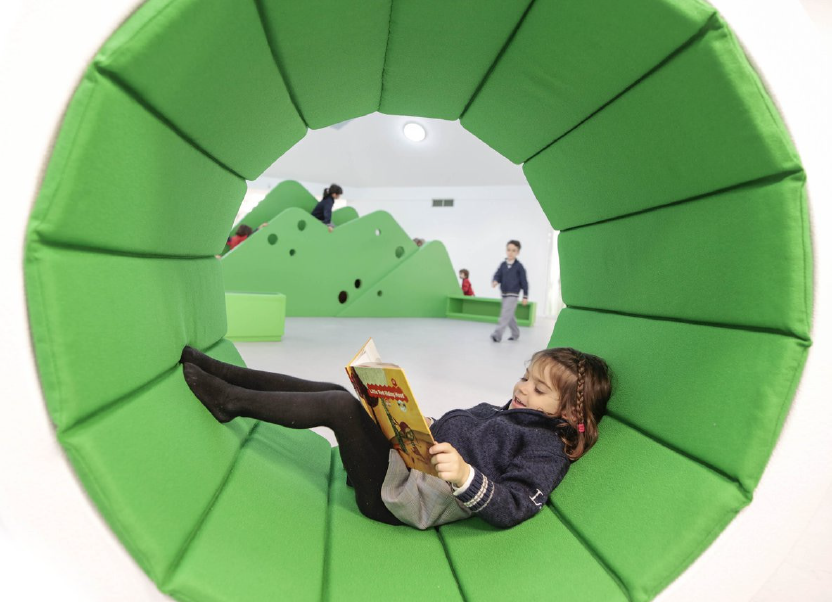In education curriculum, we are seeing a trend towards more collaborative and topic focused learning and less focus on individual subjects. There are many changes in teaching and learning technologies and methodologies that are yet to be addressed as a physical and spatial concept. While the world continues to evolve at an accelerating rate, the majority of schools still have classrooms based on the convectional ideal of an enclosed box with one teacher and rows of students – a system that is generations old.
While institutional spatial design is slowly changing, including the integration of open space learning and technology, we believe that educational facilities need to start addressing these changes more holistically and explore what their role may be in the future. The traditional school model may become out of date soon, particularly for older children. A possible scenario for older children is that they may become increasingly mobile, with a mixture of online learning and in-situ learning. The introduction of self-driving vehicles may become a game changer for them, where they may have a mobile classroom space (bus) that takes them to various places for ‘insitu’ learning depending on what they are learning, such as a robotics factory and so on. The mobile classroom becomes their main space for social interaction with classmates and concentrated time with their teacher.
As for younger children, we still see the importance of having a ‘physical’ centre of learning, with the attentive care of teachers, to address areas that are difficult to be developed through technology and at home such as social development, physical development, cultural development and the learning of basic skills. Some students of course will continue to learn better with more traditional methods of teaching and learning, which should still be offered.
Nowadays, with the accessibility of technologies such as Google, Evernote and Siri, conventional ideas of what teachers value and test for need to change: critical-thinking and problem-solving skills will be prioritised over fact retention. For example, Maths will be taught as a tool for puzzles and problem-solving, in English a student will be asked what a story means to them, and creative projects will be undertaken more than tests. The teacher will guide the students in areas where they require more innovation.

